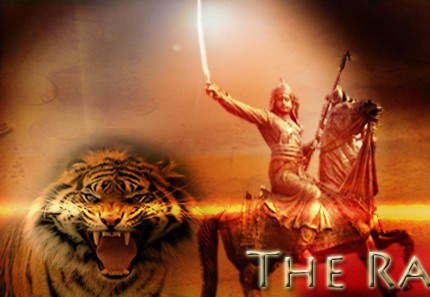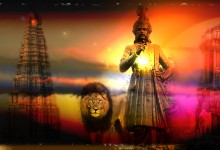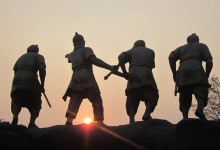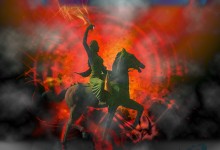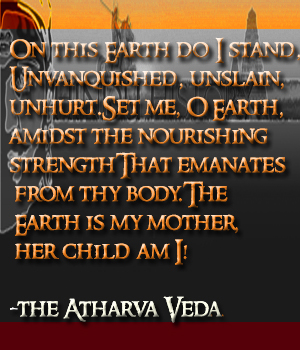Posts Tagged ‘indian’
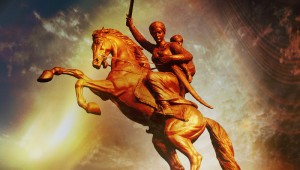
Lakshmi Bai : Warrior Queen of Jhansi
“We fight for independence. In the words of Lord Krishna, we will, if we are victorious, enjoy the fruits of victory; if defeated and killed on the field of battle, we shall surely earn eternal glory and salvation”-...
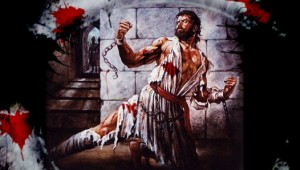
A Heroic Death that Changed the Course of Indian History
After the death of the great king Shivaji in 1680 the nascent Maratha kingdom faced a great challenge. The Moghul Emperor Aurungzeb had been confounded and defeated by the repeated battles with the Marathas and the high spirit ...

